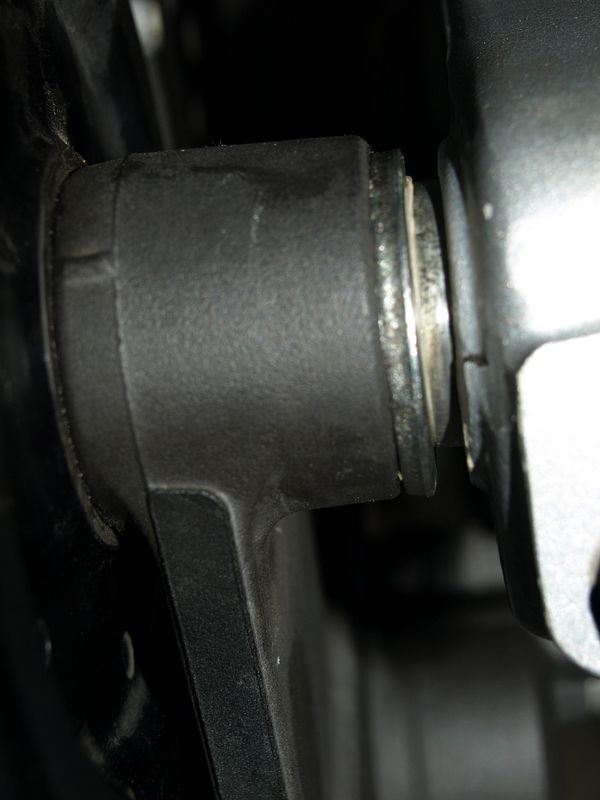Richouse
Well-known member
I'm almost positive that I have it right but...
I took the rear wheel off to get the tire fixed and a week later I am putting it back together. I want to be sure I have the washer in the right place. As you are sliding the axel through the first thing it goes through is the swing arm then the washer then the brake caliper then the ABS sensor then the hub right? This is how I have it and the wheel spins freely...
For some reason I kept thinking the washer was between the brake caliper and the hub when I took it apart...
Thanks,
I took the rear wheel off to get the tire fixed and a week later I am putting it back together. I want to be sure I have the washer in the right place. As you are sliding the axel through the first thing it goes through is the swing arm then the washer then the brake caliper then the ABS sensor then the hub right? This is how I have it and the wheel spins freely...
For some reason I kept thinking the washer was between the brake caliper and the hub when I took it apart...
Thanks,




